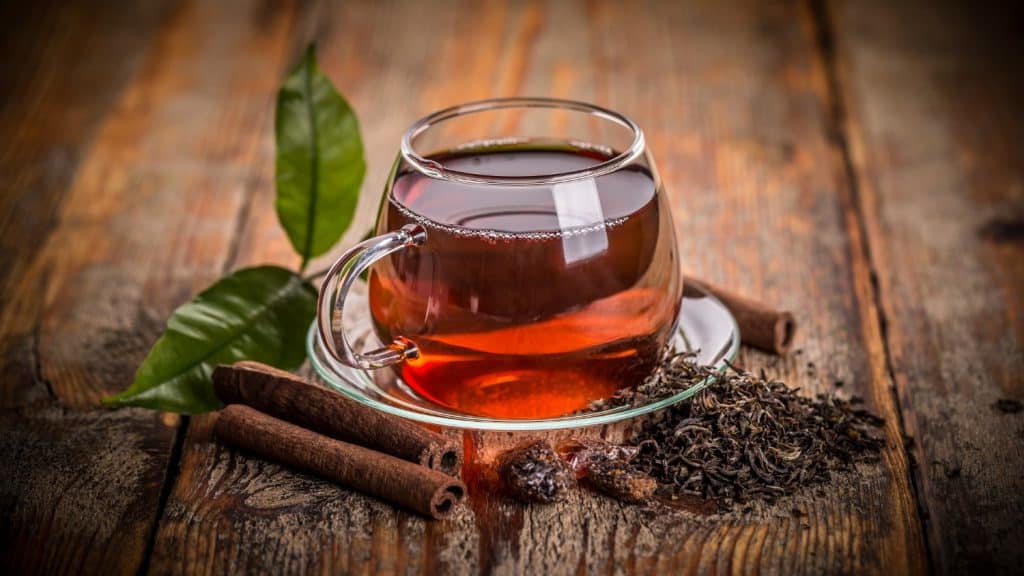
Everything You Ever Wanted to Know About Black Tea
Have you ever looked into your cup of Black Tea and wondered where it comes from? There are thousands of different types of black teas produced every day all over the globe. Their main commonality is the crucial step during the processing of the leaves called “oxidation.”
This is where the tea leaves are exposed to oxygen which transforms the aroma and taste profile completely. The tea will develop a reddish color in the cup and have a more robust flavor and aroma.

Some of the factors that differentiate black teas are:
- where they are grown
- the type of soil that the plants grow in
- the climate of the growing region
- how the leaves are processed.
Black teas are often used as a base for tea blends that may contain fruit, flowers or spices. Pure black teas are also varied and remarkable all on their own. Today, there are many countries that produce Black Tea, but in the beginning, around 5,000 years ago, it all began in China.
Chinese Black Teas
Chinese black teas come from the Camellia Sinensis plant. When brewed correctly, they have a mellow flavor and slight sweetness. Some even have notes of chocolate and stone fruits. A few of the more popular Chinese Black Teas are:
- Keemun Black
- Yunnan Black
- Lapsang Souchong (Smoke Infused Black)
- Golden Monkey
Assam Black Teas
Assam teas are the only ones that come from a different plant variety called Camellia Assamica. These plants are grown in lowland areas, have larger leaves and are harvested more often.
When brewed, the teas are known for their robust, malty flavor that makes an excellent morning cup and can support a splash of milk. One of the more popular Assams known for its golden tips – the leaf tips are coated in fine, golden, downy powder – is Golden Tip Assam.
There are several black teas with Assam base, but my two favorites are Rejuvetea and First Period Wake Up.
Darjeeling Black Tea
Darjeeling is often called the “champagne of teas.” Unlike Assam, it is grown in the mountains and the plants are exposed to much cooler temperatures. As a result, these black teas are more delicate with more petite leaves.
The first flush is the most prized for its unique flavor called “muskatel” which can best be described as a mixture of tropical fruit and floral notes. Second flush and autumnal harvests tend to be less rounded and aromatic.
A very well known and loved Darjeeling is Margaret’s Hope Fancy Tippy Golden Flowery Orange Pekoe Muscatel.
Ceylon Black Teas
Ceylon teas come from the island nation now called Sri Lanka. The unique topography of this island allows for three types of tea: low-grown, medium-grown and high-grown. Each has its own unique flavor profile.
As the altitude increases, the climate produces fruitier and mellower teas like the famous Kenilworth Broken Orange Pekoe.
Nilgiri Black Teas
Nilgiri Black Teas are grown in the southern region of India, in the western Ghats mountain range. Nilgiri means “Blue Mountain.” These teas are known for their fragrant, bright and brisk character. Many are used in special iced tea blends.
I hope that this little snapshot into the world of Black Teas will spark your curiosity enough to give them a try, if you haven’t already had the pleasure.
What is your favorite black tea? How did you come to enjoy it? Please share your black tea story in the comments below!






